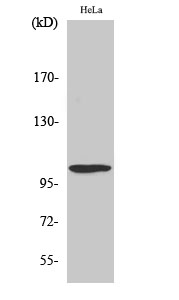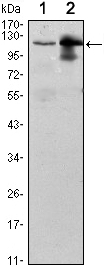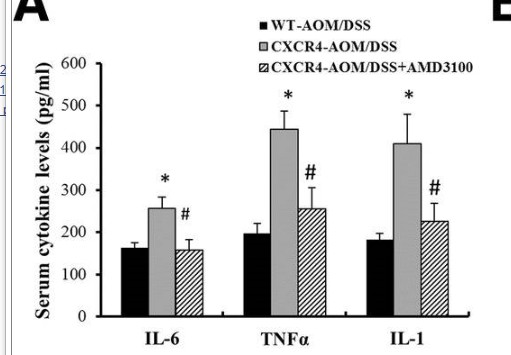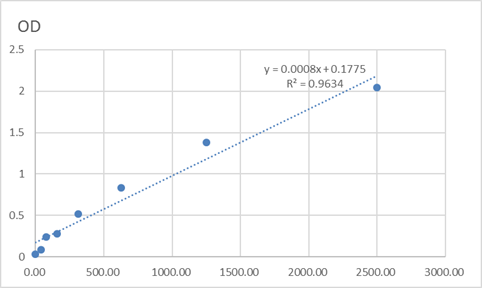
Catalog: KA3425C
Size
Price
Status
Qty.
96well
$330.00
In stock
0
Add to cart


Collected


Collect
Main Information
Reactivity
Human
Applications
ELISA
Conjugate/Modification
Unmodified
Detailed Information
Storage
2-8°C/6 months,Ship by ice bag
Modification
Unmodified
Detection Method
Colorimetric
Related Products
Antigen&Target Information
Gene Name:
UBA7
show all
Other Name:
Ubiquitin-like modifier-activating enzyme 7 ;
Ubiquitin-activating enzyme 7 ;
D8 ;
Ubiquitin-activating enzyme E1 homolog ;
Ubiquitin-activating enzyme 7 ;
D8 ;
Ubiquitin-activating enzyme E1 homolog ;
show all
Background:
function:Activates ubiquitin by first adenylating with ATP its C-terminal glycine residue and thereafter linking this residue to the side chain of a cysteine residue in E1, yielding an ubiquitin-E1 thioester and free AMP.,miscellaneous:There are two active sites within the E1 molecule, allowing it to accommodate two ubiquitin moieties at a time, with a new ubiquitin forming an adenylate intermediate as the previous one is transferred to the thiol site.,pathway:Protein modification; protein ubiquitination.,similarity:Belongs to the ubiquitin-activating E1 family.,subunit:Monomer (By similarity). Binds and is involved in the conjugation of G1P2/ISG15.,tissue specificity:Expressed in a variety of normal and tumor cell types, but is reduced in lung cancer cell lines.,
show all
Function:
proteolysis, macromolecule catabolic process, modification-dependent protein catabolic process, protein catabolic process, ISG15-protein conjugation, modification-dependent macromolecule catabolic process, cellular protein catabolic process, cellular macromolecule catabolic process, proteolysis involved in cellular protein catabolic process,
show all
Tissue Expression:
Signaling Pathway
Reference Citation({{totalcount}})
Catalog: KA3425C
Size
Price
Status
Qty.
96well
$330.00
In stock
0
Add to cart


Collected


Collect
Recently Viewed Products
Clear allPRODUCTS
CUSTOMIZED
ABOUT US
Toggle night Mode
{{pinfoXq.title || ''}}
Catalog: {{pinfoXq.catalog || ''}}
Filter:
All
{{item.name}}
{{pinfo.title}}
-{{pinfo.catalog}}
Main Information
Target
{{pinfo.target}}
Reactivity
{{pinfo.react}}
Applications
{{pinfo.applicat}}
Conjugate/Modification
{{pinfo.coupling}}/{{pinfo.modific}}
MW (kDa)
{{pinfo.mwcalc}}
Host Species
{{pinfo.hostspec}}
Isotype
{{pinfo.isotype}}
Product {{index}}/{{pcount}}
Prev
Next
{{pvTitle}}
Scroll wheel zooms the picture
{{pvDescr}}




















